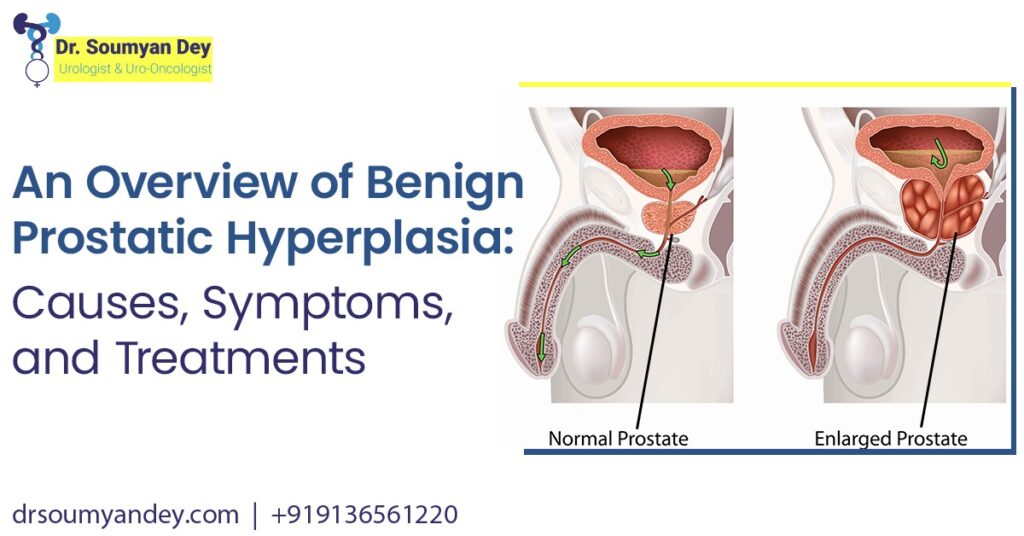

Urinalysis in BPH Diagnosis: Why Does It Matter?
Benign Prostatic Hyperplasia refers to the enlarged prostate in men. As men age, the prostate gland, which sits below the bladder, gets bigger. This causes uncomfortable urinary issues, like incomplete emptying of the bladder, weak stream, and frequent urge to urinate. If you experience any unusual urinary symptoms, a top urologist in Vashi, Navi Mumbai, can help diagnose the underlying cause.
Benign Prostatic Hyperplasia Diagnosis
If you have BPH, early treatment can often improve your quality of life. Here\’s how it\’s diagnosed.
Medical History
This is often the initial step in diagnosing BPH. A healthcare expert will ask questions about urinary issues, such as how many times you wake up to urinate at night, whether you feel urgency, whether your bladder feels full even after using the toilet, and what your stream looks like. They may also ask about any medications you are currently on, if you have diabetes or any neurological disorders.
Physical Examination
It might sound a little complicated or painful, but a rectal exam is quick and often helpful in diagnosing BPH.
This involves putting their fingers into your rectum to check for a larger prostate or any lumps inside it.
Tests Used to Detect BPH
If your doctor thinks you might have BPH, you may need more tests. To diagnose BPH in Vashi, Navi Mumbai, your doctor might run these tests:
Urinalysis: You need to give a urine sample. The lab will check it to find signs of infection, glucose, blood, or protein. Symptoms of an enlarged prostate can seem similar to urinary tract infection symptoms. Sometimes, the symptoms can signal a more severe health issue, such as bladder stones or cancer. Urinalysis helps rule these out.
PSA Blood: The Prostate gland produces a protein, the levels of which can rise slightly if you have a bigger prostate. However, if this protein content is found in a significantly high volume, it could indicate prostate cancer.
Uroflowmetry: Urine flow test measures your urine stream. Men with an enlarged prostate have a weaker stream.
Post-void Residual Volume Test: Men with BPH often report the feeling of incomplete emptying of the bladder. The post-void residual volume test detects the urine volume in your bladder after you\’ve peed.
24-Hour Voiding Diary: Your doctor may ask you to record the number of times you urinate over a 24-hour period. You must also record the volume.
Cystoscopy: This diagnostic tool involves inserting a thin, lighted tube through the urethra to examine the prostate, bladder, and surrounding structures clearly. This rules out strictures, tumors, and stones as the underlying causes of urinary symptoms.
Ultrasound: It\’s an imaging test that detects the prostate\’s size and any swelling or abnormalities within it. Ultrasound can be transabdominal or transrectal (conducted through the rectum).
Urodynamic and Pressure Flow Studies: The test involves passing a catheter through the urethra to the bladder. Water or air is used to measure the pressure in the bladder when you pass urine.
BPH is a common concern in older men. Although many tests are available to get an accurate diagnosis, urinalysis is often used to rule out conditions that can mimic the symptoms of BPH.


